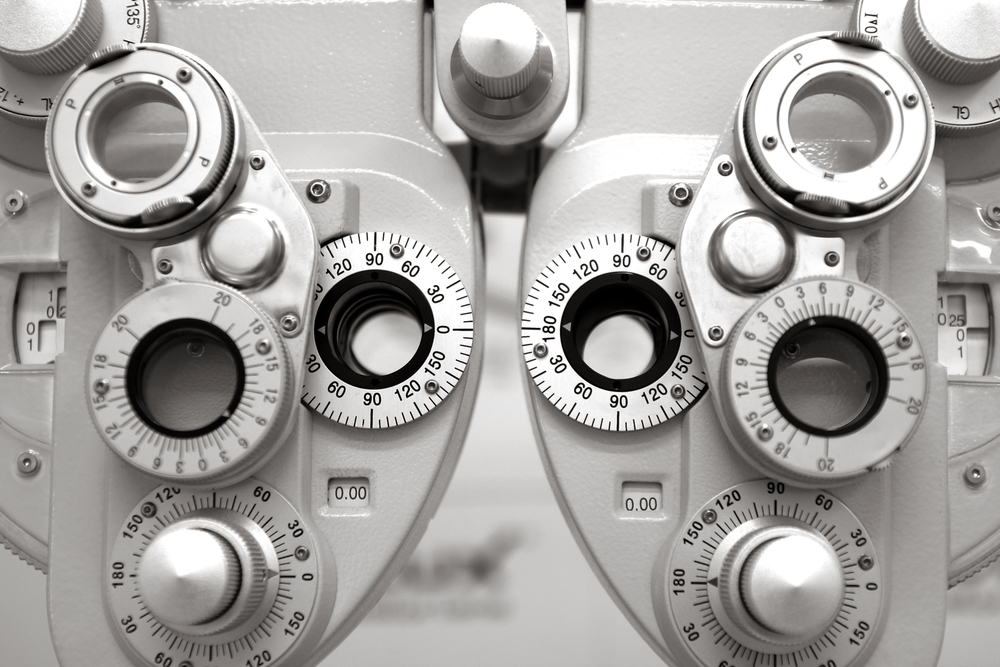
Don't Ignore Warning Signs
By Charlie Patric | July 15, 2019
When you see your local optometrist for your annual eye exam, you probably expect your appointment to go something like this: Look at the chart with the big letter E, tell them which view is better or worse, and leave with new glasses or a contact lens prescription. But, would you ever expect a routine eye exam to reveal you needed brain surgery?
Rebecca Saripo didn't expect it either.
Saripo, 27, was suffering from frequent headaches and dizzy spells but put off getting her exam.
After some persuasion from her fiance, who paid for her exam, Saripo went to Vision Express in Huddersfield, a large market and university town in West Yorkshire, England.
The law student from Huddersfield University was seen by local optometrist Maariyah Amjad, who immediately referred her to the nearby Calderdale Hospital.
At the hospital, doctors found that Saripo had swelling of the optic nerve related to fluid on the brain. To repair it, she needed to go through surgery to receive a cerebral shunt.
A cerebral shunt is a hollow tube used to help drain the extra cerebrospinal fluid from the brain. The shunt runs from the brain to the abdomen, where the fluid is absorbed into the body.
Shunt procedures are commonly used to address pressure on the brain caused by hydrocephalus, a condition that causes excess fluid on the brain.
Effects of hydrocephalus include difficulty walking, changes in gait, mild dementia and a lack of bladder control. It can also cause headaches and changes in vision, as experienced by Saripo.
Shunt surgeries are routine procedures, and in most cases, very safe. But, like with any surgery, there is always a risk involved.
"Any procedure that involves the brain could have lifelong complications," said Dr. Faisal Jahangiri, CNIM, D.ABNM, FASNM, of AXIS Neuromonitoring in Richardson, Texas.
Jahangiri and AXIS offer peace of mind for patients undergoing brain, spinal, orthopedic and other surgical procedures by adding in an "extra layer" of safety in the operating room: real-time alerts of what is changing with the patient's nerve activity during the procedure.
"We monitor patients and their nerve activity during surgery and can see changes in the patient that may be able to be stopped or reversed," Jahangiri said.
These changes could cause paralysis and changes in body function. Historically, before neuromonitoring, these changes were not seen until after surgery, which meant patients could be stuck living with uncomfortable lifelong side effects.
"Neuromonitoring can give surgeons real-time information that something has changed with the patient during the procedure," Jahangiri said.
For Saripo, her brain surgery was a success.
The shunt reduced the pressure in the brain and the pressure on her optic nerve that was causing headaches, pain and dizzy spells.
As could be expected, Saripo was overwhelmed by the whirlwind of events: seeing an optometrist, needing brain surgery and her birthday added in for a bonus.
An additional "gift" revealed by the exam and the battery of tests she had to go through was that Saripo also found out that she was severely anemic.
After her shunt procedure, she reports that her "vision is so much better now."
She also hopes her story will inspire others to make - and keep - their regular eye exams.
"I want to urge others to have regular eye tests – it’s less effort to have a 20-minute test than spending months feeling unwell," Saripo said.
Source: Student went for eye test - and ended up having brain surgery. 11 July 2019.



